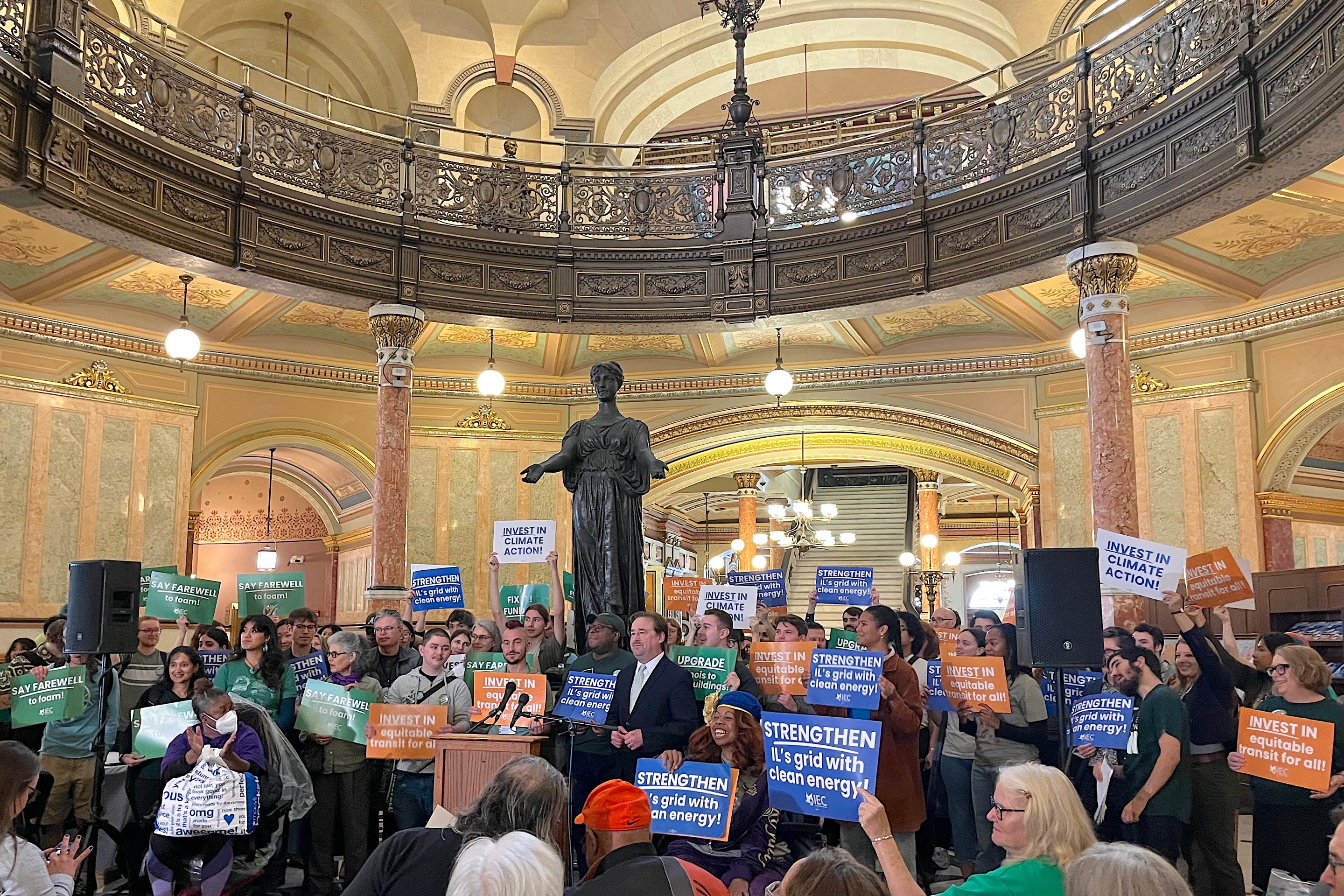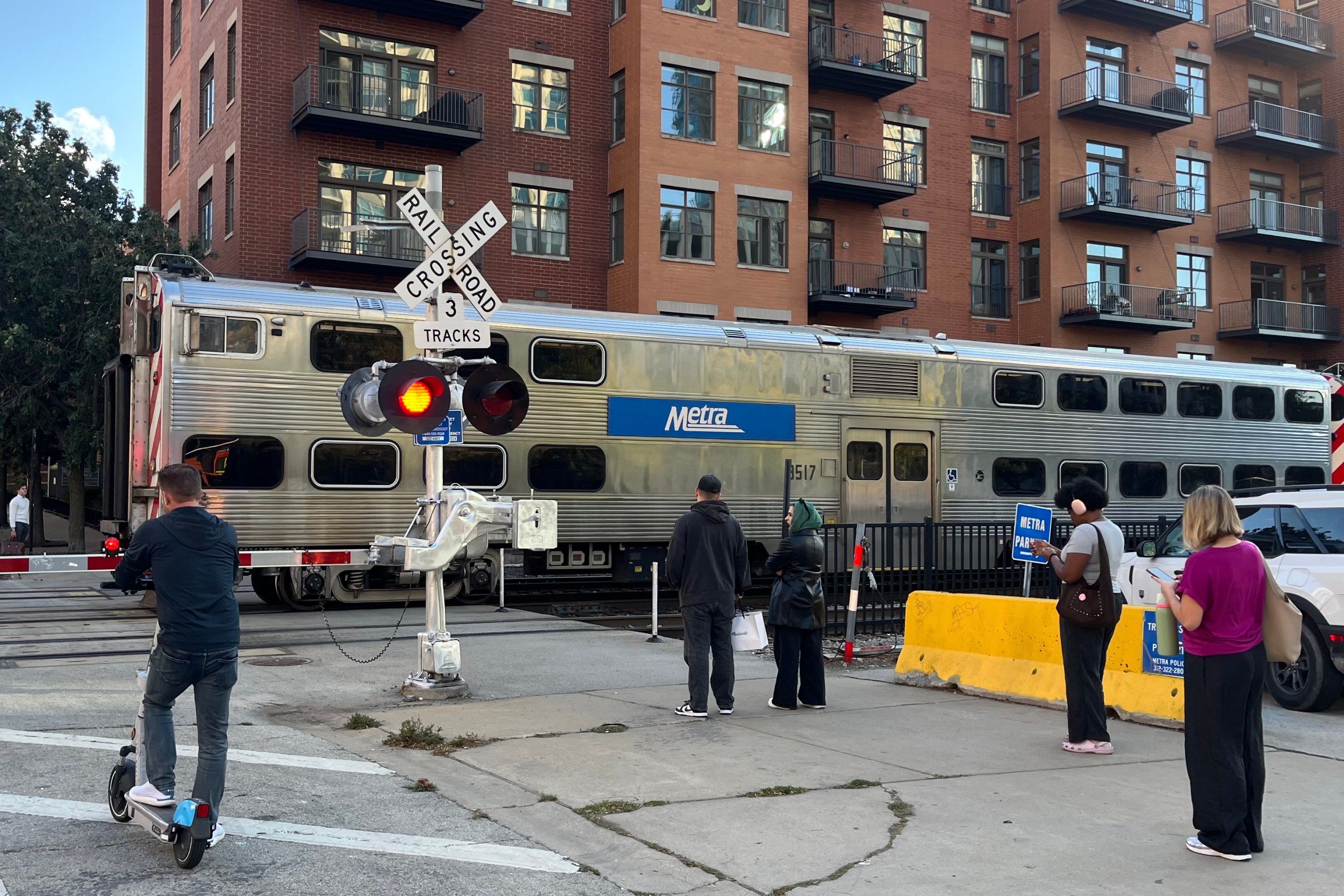Washington, DC, is the latest city to consider changing its traffic laws to require cyclists to yield at stop signs and red lights but not come to a complete stop unless necessary. Similar proposals have recently surfaced in New York and San Francisco.

The proposed rule is commonly known as the Idaho Stop, after the one state that's adopted it. Despite the demonstrated safety record of the rule over more than three decades, it hasn't expanded beyond Idaho.
Abigail Zenner at Greater Greater Washington writes that "whether cyclists should have special rules is always a heated debate." And sure enough, a local insurance industry executive testified at the DC Council that differing rules will "confuse children."
Here's how Zenner lays out the case for change:
There are a few reasons to support the Idaho Stop:
- It's important for cyclists to conserve momentum, since starting up a bike requires muscle power.
- The most dangerous place for bikes is at intersections with cars, so giving people on bikes permission to go through intersections when there are no cars nearby rather than forcing them wait (while one might pull up behind them) makes intersections safer for everyone. It also makes it less likely cars will get stuck behind bikes.
- Since bikes move at relatively slow speeds, people using them have plenty of time to gauge oncoming traffic. That means there's less need to stop and look around at every intersection; you can look around while moving slowly.
As for the "confusion" that will supposedly result, there are already rules that say the same signals can mean different things, depending on the context:
We teach drivers to drop at red lights, but then we allow them to turn sometimes. WHAT?!? How does anyone know what to do?
— sharrowsDC (@sharrowsDC) December 8, 2015
For more about the case for the Idaho Stop, check out this excellent video by Spencer Boomhower. We'll see if D.C.'s leaders can be persuaded by reason.
Elsewhere on the Network today: The Wash Cycle mocks the notion that bike trails are responsible for the giant hole in the Highway Trust Fund. And Streets.mn posts a telling graphic showing how families with children account for a declining share of American households.





